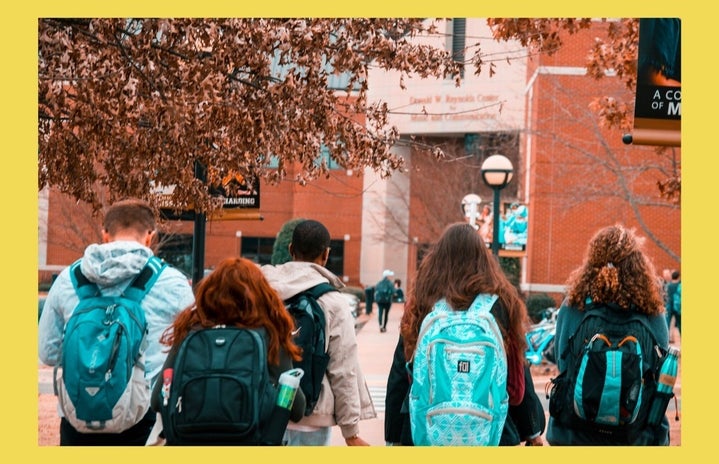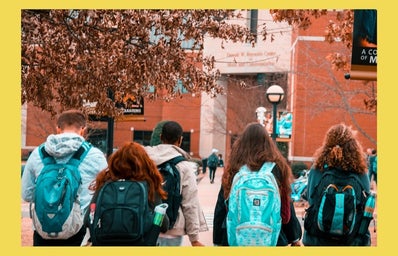Historically, reservations ran their own schools which were run by the Bureau of Indian Education, but these schools did not have the means to meet achievement standards. Due to a lack of funding, many schools did not have access to proper textbooks and were unable to provide special education services to their students.
Considering that these schools did not meet achievement standards, they were prompted to close and students on reservations were forced into Indian Residential Schools. These boarding schools had a goal of providing a proper education to Indigenous students, but many would argue that the main purpose of these schools was to create a more ideal American, rather than one rooted in their own individualized culture. With students being forced to cut their hair and take on more American sounding names, Indigenous Americans fell victim to forced assimilation.
Discrimination in public education for Indigenous Americans did not stop with the disbanding of Indian Residential Schools. Today, Indigenous students are placed in special education classes at higher rates than their peers. Instead of allowing students to thrive in an educational environment, their self-confidence falters as they are placed in special classes apart from their peers. Many student families also report Individualized Education Plans for their children focusing more on discipline than on how to help their child succeed within the classroom.

Indigenous Americans, who are often living on reservations, are not given the best educational opportunities. Oftentimes, families of Indigenous students have limited resources to aid in their child’s success. As a result, their children continue to fall farther and farther behind. These students do not have a choice as to where they will attend school if they choose to live on a reservation. In contrast, other students can choose where they live, if they have the funds, to live in districts with better schools.
In the United States, Americans can see based on government policies, how Indigenous Americans are continuously placed on the backburner. This marginalized group often lives in underfunded communities and lacks access to basic necessities. Instead of the government providing money for resources, they spend taxpayer dollars on programs that deny Indigenous Americans from land that is rightfully theirs such as the enforcement of blood quantum laws.
When resources are allocated to enhance student success rather than deter it, the United States education system can create a more inclusive environment allowing Indigenous students to become thriving members of society.
Photo Credit: Her Campus Media Library



